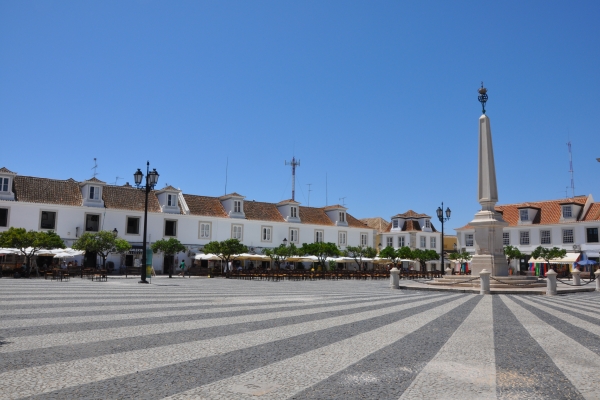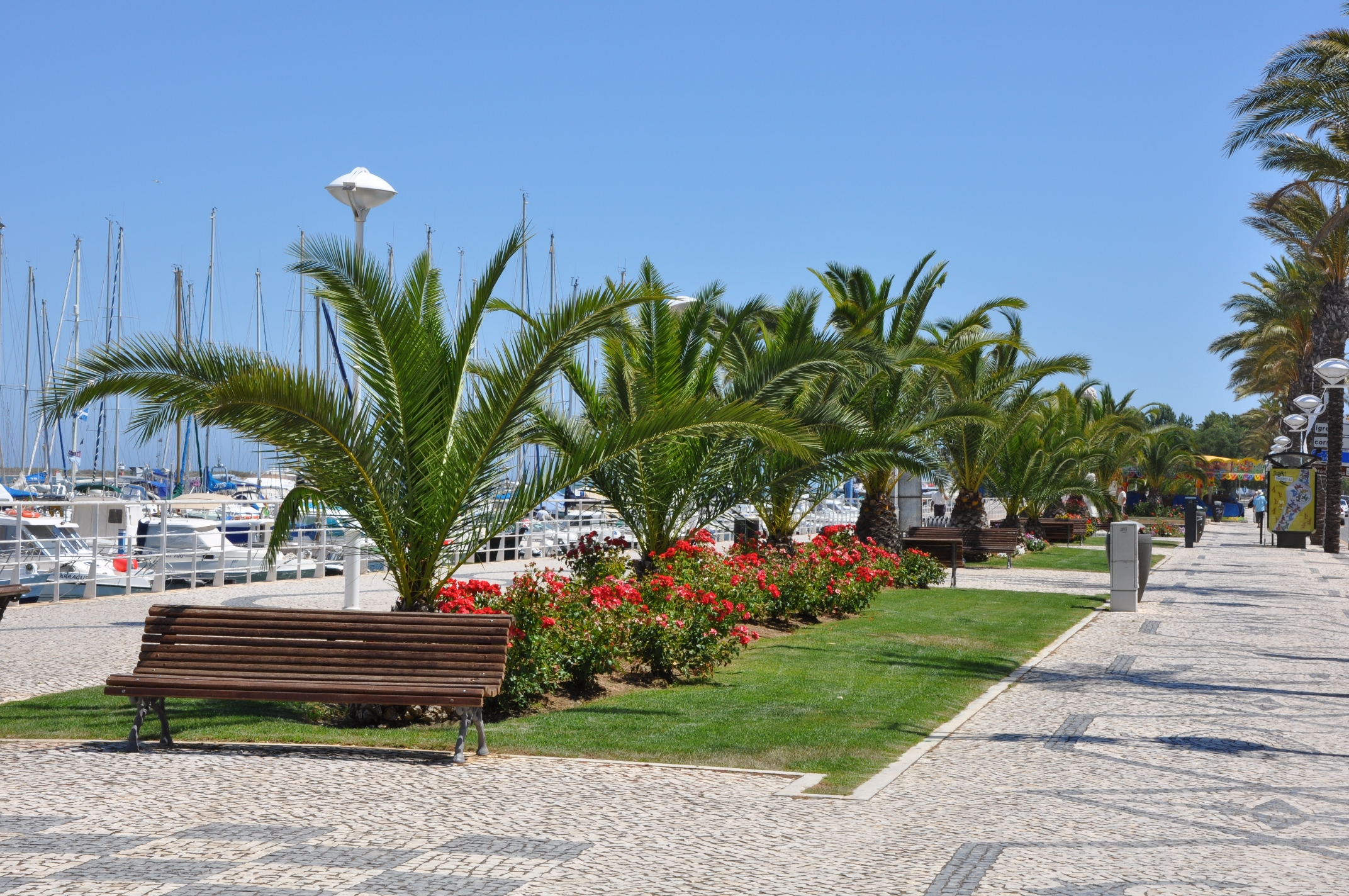Vila Real de Santo António
It is a borderland city of Faro district and is home to three parishes of county Vila Nova de Cacela Monte Gordo, Vila Real de Santo António. This municipality is of the few that are territorially discontinuous, being in a western portion of the parish of Vila Nova de Cacela, another eastern portion has Real de Santo António Vila and Monte Gordo, is bounded on the north and west of Castro Marim, the east by the River Guadiana, which sets the natural border with Spain, and the south is the Atlantic Ocean. Already the western part is bordered by Castro Marim north and east by Tavira west and south rise the majestic Atlantic Ocean.
A little history of Vila Real de Santo António
Founded in 1774 at the express wish of the Marquis of Pombal, Real de Santo António Vila is near the mouth of the Guadiana, being a city with an important historical testimony, as it was built from scratch in two years as the Enlightenment pattern of the eighteenth century . This began to be built based on the process of prefabrication and standardization, as the techniques that the risk of the House Public Works applied since the reconstruction of Lisbon. In August it was completed the part of the Corporate Fisheries, the House Houses and Customs, the barracks and began to Church. This rapid construction came from the requirements of the contingencies of policy towards Spain, together with the Marquis of Pombal will.
In the late nineteenth and in the decades century, Vila Real de Santo prosperous Antonio with the presence of sardines and tuna on the Algarve coast, which turned this village into a major canners centers of the Algarve, while in port docked boats coming from the ore extraction of mines of Santo Domingo. Vila Real de Santo António was the first location of the Algarve to get gas lighting in 1886, and a proof of its dynamism and wealth.
But his story begins in ancient times, as shown by the tapir and “tholos” in Nora, near Cacela, followed by the Roman occupation and later by Arab rule, which caused Cacela it becomes an remarkable village. In 1240, D. Paio Peres Correia, Sant’Iago Order master took the castle of Cacela, being this region the starting point for the Algarve reconquest.
In the seventeenth century, times have changed and the challenges have grown, with the building of the village at the border point was intended to control the trade and develop fisheries, enabling the development of the canning industry, up to this day.
The architectural rigor of the Marquis of Pombal still is fully present in the urban axis from the Marques de Pombal Square, set of Pombal streets that weave the main shopping area of Vila Real de Santo António. Still in the square is a central obelisk four towers delimiting the vertices and the Town Hall and Church.
The Customs building, near the river, was the first to be completed, along with the buildings of Societies Fisheries, which divides Vila Real de Santo António in two symmetrical halves, with this set topped by two towers that protected and watched over the village.
This village also contains an urban center of Hortas, extending along the stretch of national highway 125 that connects Vila Real the village of Monte Gordo and the parishes of Monte Gordo, with the important seaside resort, and Vila Nova de Cacela. Administratively, this cluster is divided between the parishes of Real de Santo António Vila and Monte Gordo, the latter the urban area of New Village, in the section of National Highway 125 which connects Monte Gordo to Altura parish, the municipality of Castro Marim.
Currently, Vila Real de Santo Antonio is a city focused on trade and tourism, as it is in the mouth of the Guadiana River, facing the Atlantic Ocean, the pine forest, the limits south, and the Sapal Nature Reserve in northern limit.




